Seeing Double
A glance at historical sights and moments of Baylor and Waco.
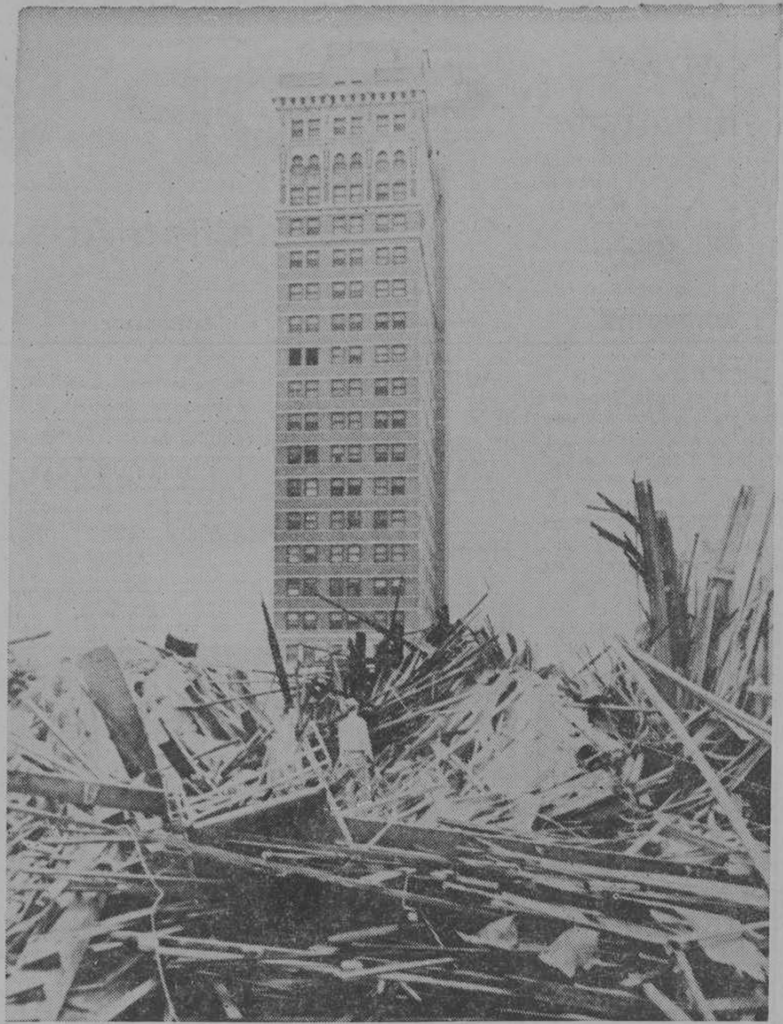

Waco’s renowned ALICO building, built in 1910, stood strong after the EF5 tornado on May 11, 1953. As part of a series of tornadoes that spread across the nation from May 9-11, this one storm is known as the deadliest tornado in the history of Texas, according to the National Weather Service. Ripping through downtown Waco, the tornado killed 114 and injured 597 people. Despite he twister’s 23-mile path of damage, the steel structure of the ALICO building was untouched. Today the building continues to stand tall and guide local Wacoans to the ambient downtown area that has continued to grow and rebuild since then.

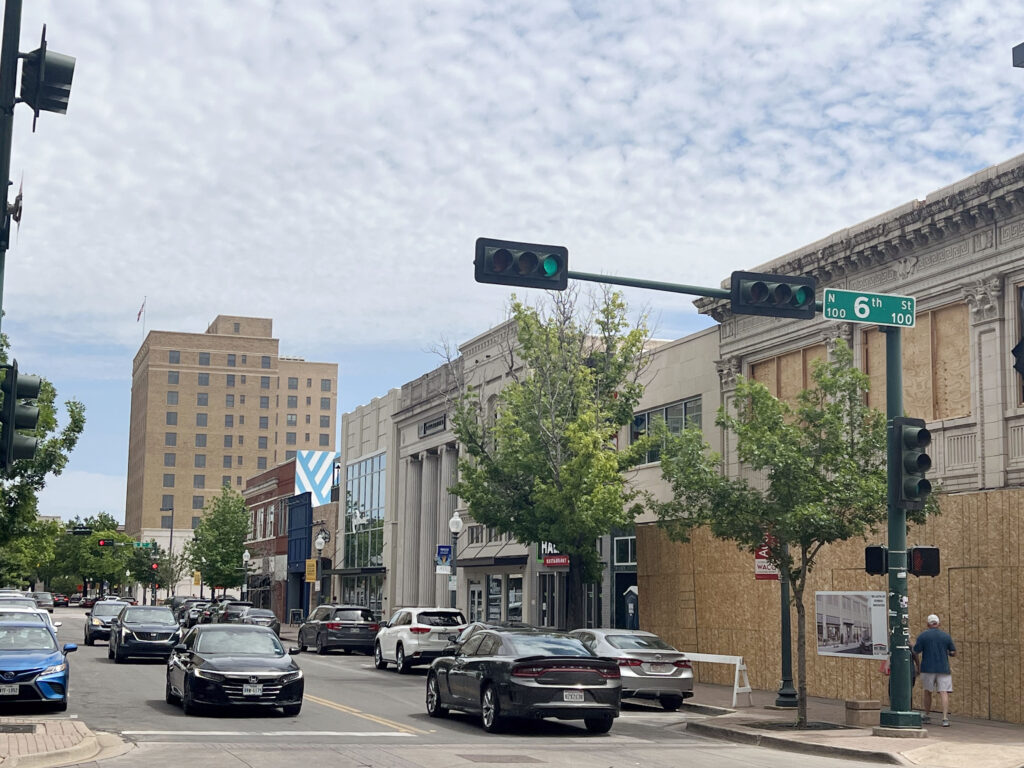
Between 1958 to 1978, the Waco Urban Renewal Project set up major renovations for various parts of Waco from La Salle Ave to Waco Drive. While the project was federally funded, the City of Waco knew a greater part of their plan was to convert much of downtown to be “Austin Avenue Mall,” a pedestrian mall closed off to traffic to connect the old City Hall Square to new business. Receiving the grant in 1968, construction began in early 1970 and the Austin Avenue Mall was officially dedicated in 1971, according to The Texas Collection. Although as the years went on key business set up shop around Waco and by 1985 Austin Ave was opened back up from Third Street and Ninth Street to vehicular traffic. Today the street remains home to various shops and restaurants and continues to bring locals and tourists to shop and enjoy.

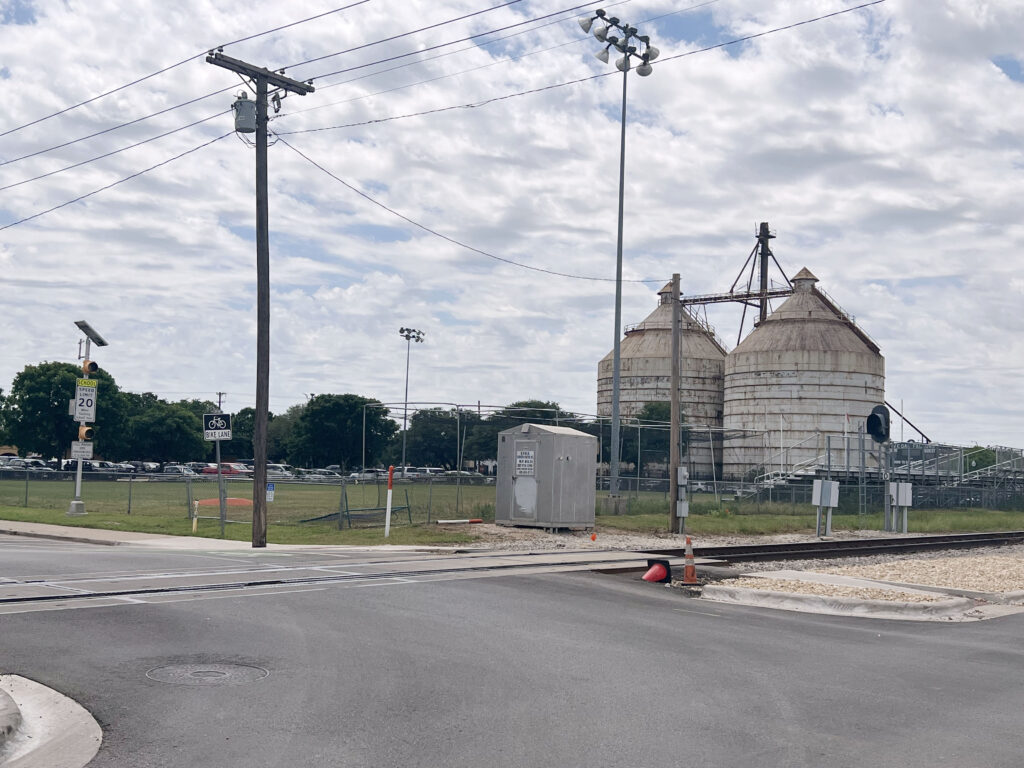
Before the 1953 tornado tore the steeple off and caused other damage, the First Methodist Church stood at Fifth St. and Jackson Ave. for over 50 years. As the oldest congregation in Waco, First Methodist Church brought people to surrounding churches to develop other denominations in the area, such as the Baptists and Presbyterians, according to their website. Although after the tornado, there was too much damage to the building and the church decided to rebuild at 4901 Cobbs Drive, according to a Waco Tribune-Herald clipping. Today the congregation has grown to acquire a location in both downtown and south Waco. The space at Fifth St. and Jackson Ave. now holds a field for youth sports that’s utilized year-round.


In the early 1910s, athletics were becoming prominent in Texas. With the encouragement from students and donors, Baylor University received its first few athletic fields. The most popular was Carroll Field, where today sits the Bill Daniel Student Union Building, for football games and other events attached with its grandstand that could seat 1,000 people. While there were also the Minglewood tennis courts behind and to the right of Carroll Field, a less prominent athletic field sat behind Burleson Hall. Home to the women attending the university in 1910, these tennis courts were meant for recreation, according to The Texas Collection. In 1939 the Judge Baylor statue was erected and Founders Mall was growing but up until the 1950s, many photos no longer show these courts. Today it remains an empty field covered by trees, with the addition of Bennett Auditorium added on in the 1970s.


Completed in 1887, Old Main was the first building completed for the university’s move from Independence to Waco. During the May 11 tornado that destroyed many buildings across the Waco area, the spires atop Old Main and Burleson Hall were weakened and caused university officials to be concerned for public safety and removed the spires. Questioning whether to renovate or remove the building altogether, a small fire in 1969 made the decision easy to have the building fully restored without tearing down the building, according to the Texas Historical Commission marker. Rededicated in 1976, Old Main has remained a hub for students and still houses classrooms and offices for the university.
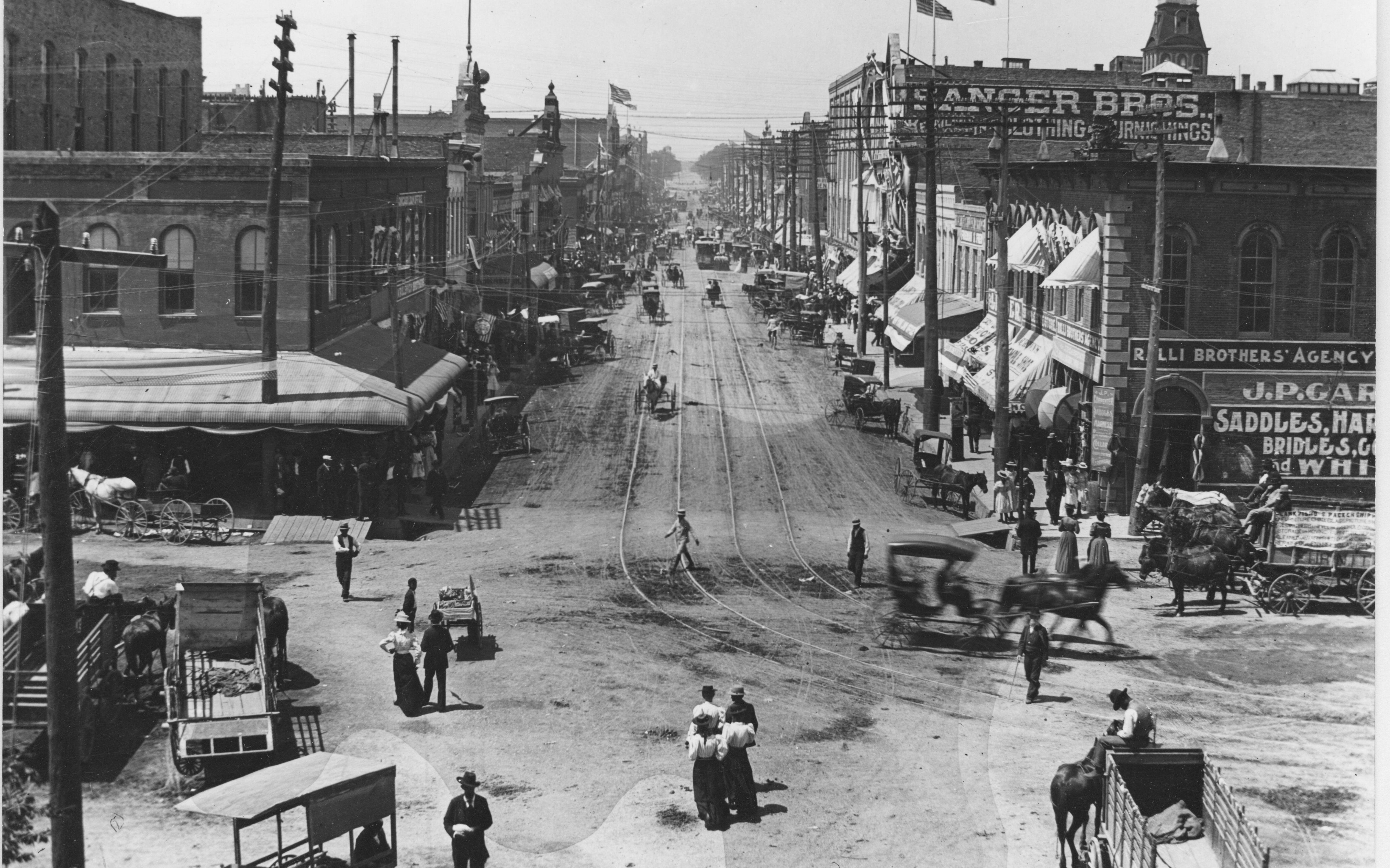
Since the founding of Waco, it has consistently grown to be a major city in Texas. As cars became a popular mode of transportation, by 1901 the Citizen Railway company had up to 20 electric trolleys in operation on the streets, and by 1905 a street-paving system was in place. To commemorate Waco’s growth, in 1911 the Amicable Insurance Building was built to be the tallest building in Texas at the time standing at 22-stories tall. In 1913 an electric interurban railway opened and connected Waco to Dallas to help 500,000 people visit the Cotton Palace’s Fall Exposition, which became the most popular fair in the south. During World War I, Waco was selected as a training base for soldiers called Camp MacArthur and during this time Waco’s population doubled and the economy was booming.

In 1958 Waco was selected to participate in a national federal urban renewal project that would demolish old buildings that were falling apart and revamp new blocks. This new growth was prompted by Waco Army Air Field being reactivated as Connally Air Force Base 10 years prior and bringing about 84,300 people to Waco by 1952. At the time, Waco was known as the sixth largest industrial center in Texas with more than 250 factories. While the 1953 tornado caused a lot of damage across Waco, the urban renewal project was able to help bring Waco out of the dust. In the late 1960s, the Roosevelt Hotel was closed down to be a retirement home which led to the ALICO building becoming the new downtown hotel. During the renewal, updates were made to the ALICO building allowing for it to be an inn with over 115 rooms and a second-floor meeting room.
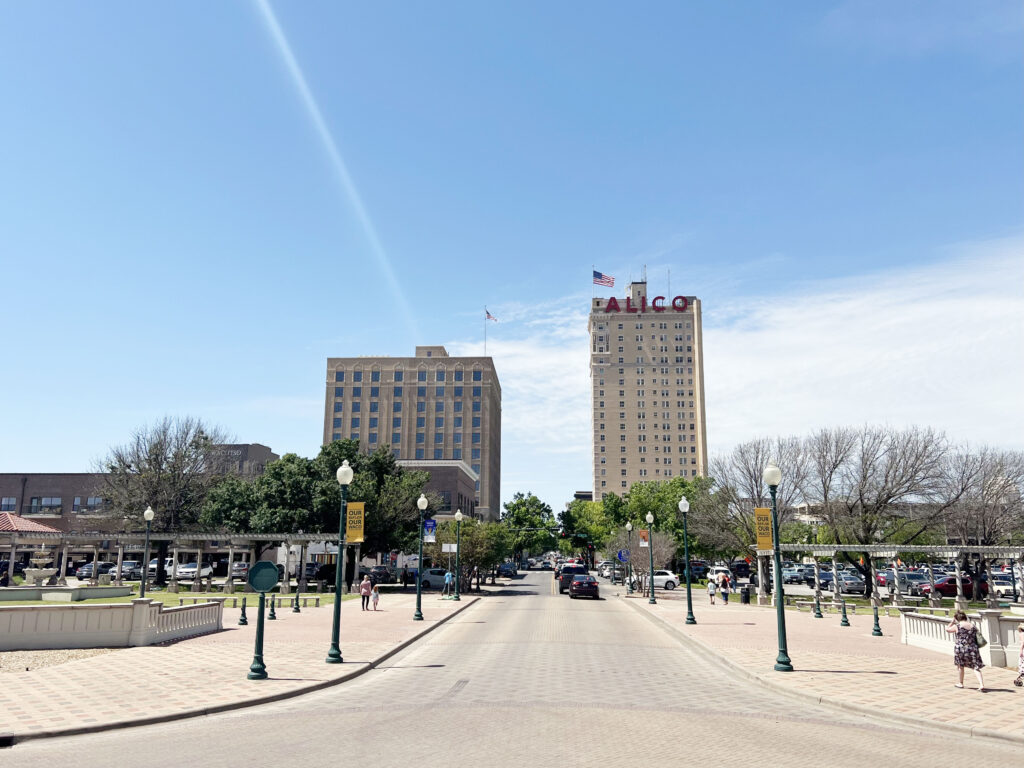
Since the 1960s and 1970s, the urban renewal project brought life into a new Waco scene with new things continually being added over the years such as a shopping center near Baylor University, a convention center, new apartment complexes, the Texas Ranger Hall of Fame and Museum and the Cameron Park Zoo all leading up to the 51-day standoff between David Koresh and federal agents in the 1990s. While more things are added throughout Waco, such as the Waco Mammoth Site and McLane Stadium, downtown has maintained a busy area with updates to shops available, parking, Waco Downtown Farmers Market and more. With the Roosevelt Hotel no longer a retirement home but an office building, their banquet hall is still used for local events and the ALICO building is no longer a hotel and the previous convention center is now a parking center. From the same point of view, it’s clear that many changes have occurred up and down Austin Ave. with the adding of trees to provide shade complimenting the sidewalk shops for tourists.


While over 100 years ago, the main differences seen between these photos include the tall trees and the improvement of cars and technology. Austin Ave. has undergone many updates through the years and built itself back up after the 1953 tornado for today’s scene to be just as bustling as it was in the 1920s. Since Waco’s participation as a training base for soldiers in World War I, downtown shops were gaining business from their travels and many other businessmen came through Waco for various goods. Although to keep soldiers focused on the war, anti-prostitution campaigns were made and the “Reservation” was shut down.


The Hippodrome Theatre’s construction broke ground in 1913 and opened for business in 1914 from groups of local businessmen and citizens banding together for a theater to be developed in downtown Waco. With their first show including a live seal act, magic show and a five-piece orchestra, the Hippodrome has continued to grow in entertainment by adding movie screens and other shows, according to Waco History, a program jointly overseen by Baylor University and the Institute for Oral History. Designed by Texas architects, a small fire in 1928 brought about changes to the front of the building. Reopening in 1929, the Hippodrome faced constant competition with other theaters in the area. With continued renovations in 1936, for example adding on a second floor, as well as in the 1950s and 1970s, the theater has been able to draw people in. Despite closures in 1974 and 2010, the Hippodrome remains a centerpiece for Waco entertainment.

